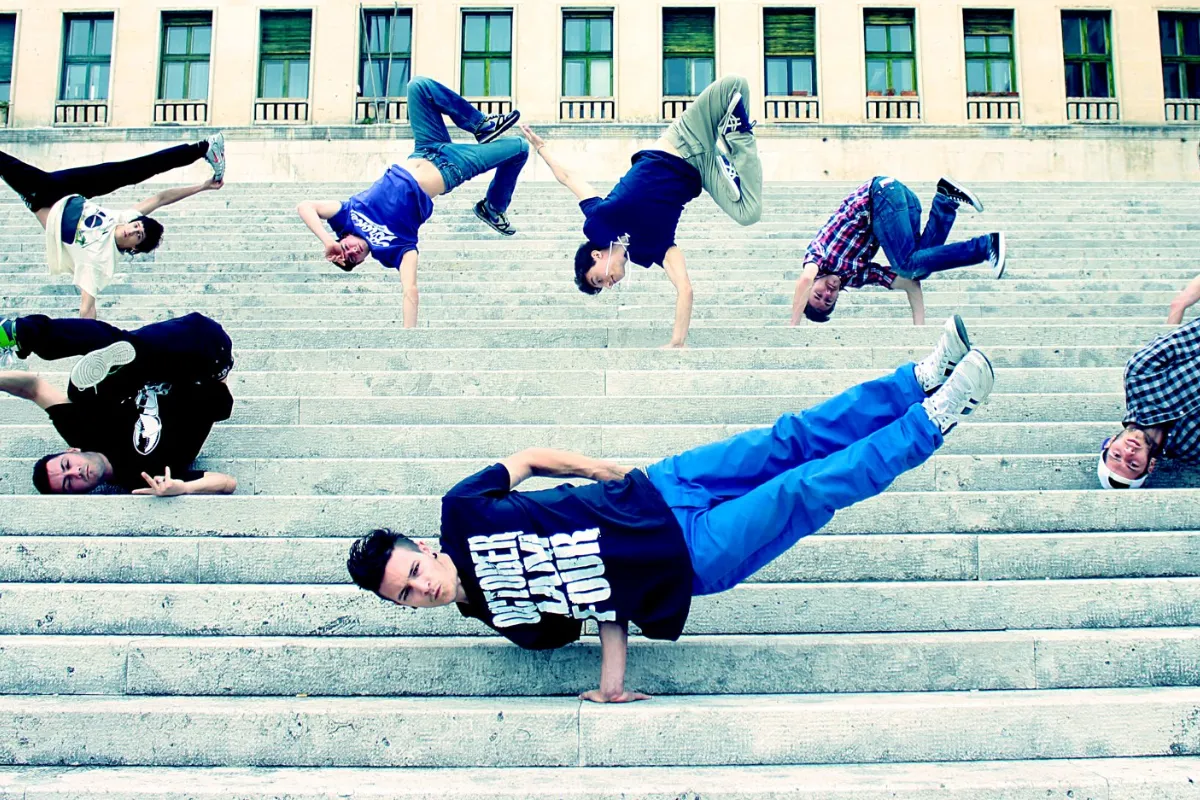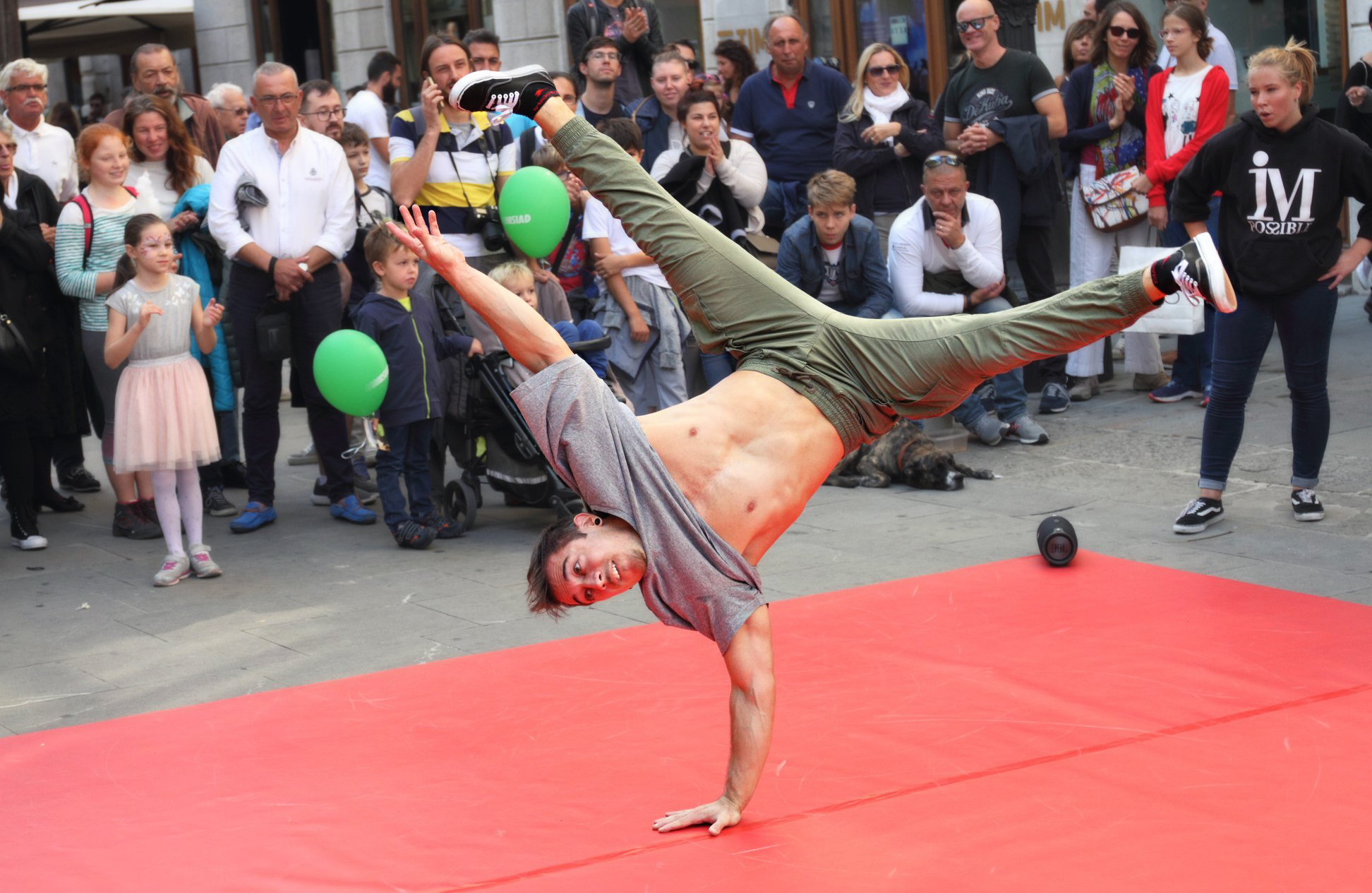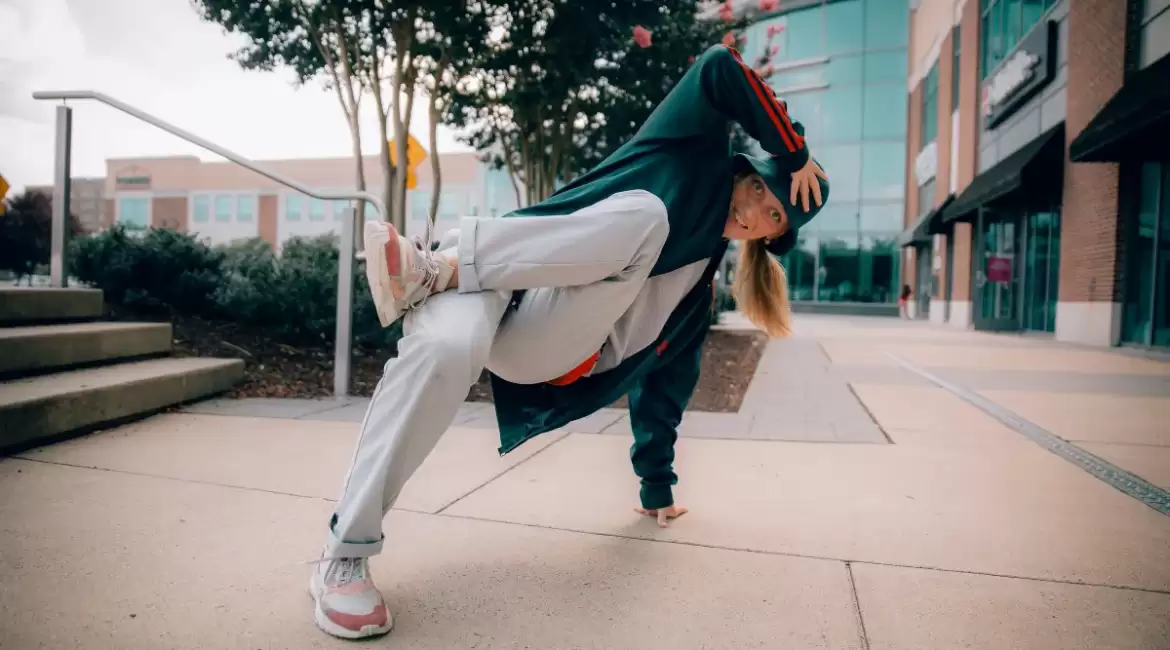Welcome to the world of breaking! Breaking, often known as breakdancing, is a dynamic and expressive form of dance where creativity knows no bounds. Unlike other styles, breaking is all about improvisation, meaning there aren’t set rules or steps to follow. Breakers, both b-boys and b-girls, thrive on their ability to think on their feet, infusing their moves with energy, flair, and even a hint of risk. However, amidst this free-flowing dance culture, there are certain moves that have gained popularity among breakers worldwide. These moves serve as a foundation for dancers to express themselves while showcasing their individual style and skill. Join us as we explore some of these common yet captivating moves that define the essence of breaking.
What is breaking?
Breaking is a form of dance where b-boys and b-girls combine various moves in a creative and rhythmic manner. Similar to other physical activities, breaking comprises fundamental elements that serve as the building blocks of the dance style. These foundational components are essential for breakers to master in order to confidently showcase their skills in a cypher or battle setting.
Top rock
Top Rock is a part of breakdancing where the dancer moves while staying upright. It’s the first step before they start dancing on the ground. There’s no specific time a dancer has to do top rock for, but usually, they’ll do it for about one or two eight-counts of the music. During top rock, breakers show off their style and how well they can move to the beat while standing up. They use different steps and hand movements to do this. Some examples of top rock steps are the Indian Step and the Cross Step.
What is the Indian Step? The Indian Step is a basic toprock move in breakdancing where the dancer steps out to the side with one foot while crossing the other foot in front of it. Then, they bring the crossed foot back and repeat the same movement on the other side. It creates a flowing and rhythmic motion as the dancer shifts their weight from side to side.
What is the Cross Step? The Cross Step is a fundamental toprock move in breakdancing where the dancer steps across their body with one foot while the other foot follows behind, crossing over. This movement creates a crossing pattern as the dancer shifts their weight from one side to the other. The Cross Step is often combined with other toprock moves to create dynamic sequences in breakdancing routines.
Go Downs
A Go Down is what a breakdancer does to go from dancing upright (top rock) to the floor. It’s best when this transition happens smoothly, so it’s like part of the dance flow. Examples of basic go downs include the Knee drop, Spin down, or Hook drop. Breakers can also transition from their top rock into a freeze, power move, or trick on the floor.
What is Knee drop? The Knee Drop is a basic move in breakdancing where the dancer drops down to one knee while balancing on the other foot. The knee that touches the ground is typically placed flat on the floor while the other leg remains extended or bent. The Knee Drop is often used as a transition from standing moves to floor-based moves in breakdancing routines.
What is Spin down? A Spin Down is a move in breakdancing where the dancer transitions from standing to the floor by spinning around on one foot while lowering themselves down. It involves twisting the body and using momentum to gracefully lower oneself to the ground. The Spin Down adds fluidity and style to breakdancing routines, serving as a creative way to transition between different dance elements.
Footwork
Footwork in breaking involves a b-boy or b-girl using their hands on the floor for support while they move their legs through different steps. These steps include moves like the 6 step, 3 step, shuffles, kick outs, and CCs. Breaking footwork usually involves circular and rotational movements, with the legs and hips leading the way. However, dancers can also move in straight or diagonal lines across the floor, or even in very complex patterns.
What are shuffles? Shuffles are a type of footwork move in breakdancing where the dancer rapidly moves their feet back and forth in a quick and rhythmic manner while staying close to the ground. This involves sliding or shuffling the feet in various directions, often creating intricate patterns on the floor. Shuffles add energy and complexity to breakdancing routines and are commonly used to showcase speed, agility, and control.
Freezes
Freezes are a cool part of breaking where a b-boy or b-girl makes a strong shape with their body and holds it for a few seconds. They usually do this when there’s a big beat in the music. It’s like putting a period at the end of a sentence in their dance. Basic breaking freezes include the Baby Freeze, Chair Freeze, and Elbow Freeze.
What is Elbow Freeze? The Elbow Freeze is a common freeze move in breakdancing where the dancer balances their body weight on one elbow while lifting their legs and the other arm off the ground. This creates a dynamic and visually striking pose where the dancer appears to be suspended in mid-air with their elbow as the main point of contact with the floor. The Elbow Freeze requires strength, balance, and coordination to hold the position steady, and it is often used to add flair and creativity to breakdancing routines.

Transitions
Transitions are how breakers move between their different moves, like footwork steps, freezes, tricks, and power moves. Good transitions are smooth and seamless, so you barely notice them. They help b-boys and b-girls keep their dance flowing nicely.
Power Moves
Power Moves are the most exciting part of breakdancing. Usually, when we talk about a “Power Move,” it means a b-boy or b-girl spins or rotates their whole body continuously while balancing on their hands, elbows, head, back, or shoulders. They might do one power move over and over and then finish with a freeze. Or, they might do a series of different power moves, smoothly transitioning from one to the next. Some examples of power moves include Head spins, flares, air flares, windmills, and 1990s.

Tricks
Tricks in breaking are when a b-boy or b-girl takes a regular breaking move, freeze, or power move and adds something unique and different to it. For instance, they might do hopping air chairs, hopping on their hands between air flares, or thread their legs while doing hand hops. These tricks make their moves stand out and add creativity to their dance.
Flips
Breaking involves a lot of acrobatic moves, and breakers often incorporate flips and somersaults to make their performances more exciting. It’s common to see breakers flipping between or into power moves, tricks, or freezes.
So, those are the eight basic parts of a throw down. When a b-boy or b-girl dances, they usually include at least three or more of these elements. The better a breaker is, the more skilled they are at each element and at combining them in new, seamless, and surprising ways that match the music.
Summary
Breakdancing, an electrifying dance style born in the streets, has captivated people worldwide with its energetic moves and vibrant culture. In this exploration, we embark on a journey to unravel the allure behind some of the most prevalent breakdancing moves. From the iconic “6 step” to the mesmerizing “airflare,” we delve into the techniques, history, and significance of each move, shedding light on the creativity and dedication of breakdancers. Through this exploration, we not only gain insight into the physical prowess required but also appreciate the rich storytelling and expression embedded within breakdancing. Join us as we uncover the rhythmic beats and infectious energy that define the charm of common breakdancing moves.


Leave a reply